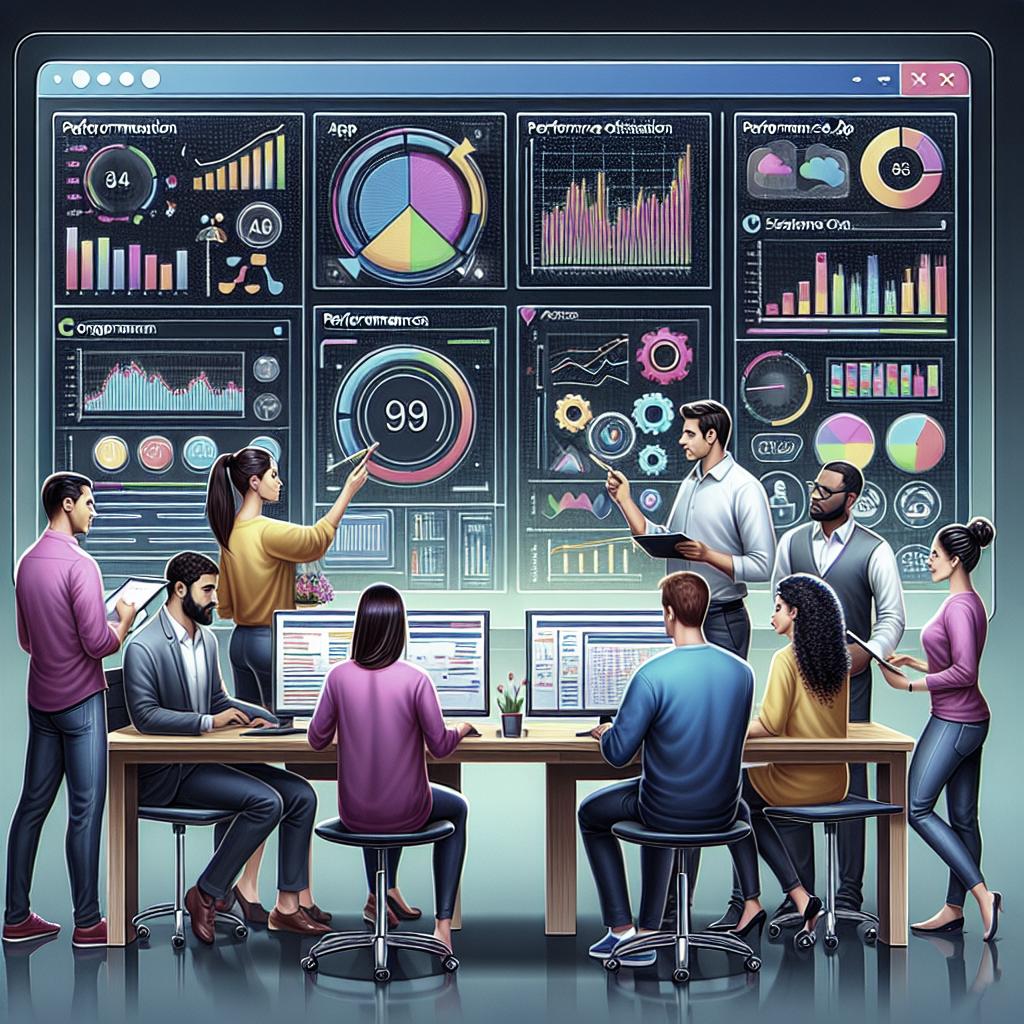Adapting Legacy Systems to Mobile Platforms
In today’s fast-paced technological landscape, organizations are tasked with modernizing outdated systems to remain competitive and improve operational efficiency. This blog delves into the transformation of legacy applications into mobile solutions, detailing the challenges and requirements of such initiatives. We explore how enterprise app modernization stands apart from general app upgrades and why HexaCorp is a strategic partner in this endeavor. Through comprehensive analysis, you’ll gain insights into the critical considerations when evolving legacy systems and the essential steps to seamlessly integrate modern technologies.
Understanding Legacy Applications
Legacy applications are systems or software that have been in use for an extended period and continue to meet specific needs within an organization. These systems often form the backbone of business operations, having been tailored to meet intricate workflows and processes over time. Despite their stability, legacy applications can become constraints in the face of rapidly advancing technologies, as they struggle to integrate with modern innovations.
Over time, these legacy systems accumulate technical debt, as ongoing maintenance becomes cumbersome and costly. Organizations often face a dilemma: retain these systems due to their reliability or replace them to leverage modern capabilities such as cloud computing and mobile accessibility. The balance between these opposing forces rests on the ability to adapt these systems for contemporary demands while ensuring business continuity.
Challenges of Legacy Applications
The challenges posed by legacy applications are multifaceted. One prominent issue is the lack of flexibility and scalability inherent in older systems, which often hinders the integration of new technologies. Compatibility with modern devices and software becomes a significant hurdle, necessitating extensive effort to enable interoperability between the old and the new.
Furthermore, reliance on outdated programming languages and frameworks can lead to a shortage of skilled developers capable of managing these systems. As the tech industry moves forward, finding professionals proficient in archaic technologies becomes increasingly difficult, which in turn drives up maintenance costs and risks operational efficiency.
Security vulnerabilities are another critical concern, as legacy systems may not comply with current cybersecurity standards. These unaddressed security gaps can expose organizations to cyber threats, potentially compromising sensitive data and leading to financial and reputational damage. As a result, modernizing legacy systems is not just a technological imperative but a strategic necessity for organizational resilience.
What is the Requirement to Modernize Legacy Systems?
Modernizing legacy systems requires a multifaceted approach that begins with a thorough assessment of existing infrastructure. This evaluation helps identify areas where current systems fall short and where enhancements are needed to meet business objectives. Key requirements typically involve ensuring compatibility with mobile platforms, enhancing system scalability, and integrating innovative technologies such as cloud services or microservices architectures.
A successful modernization initiative often entails re-architecting the application to leverage contemporary frameworks and design principles. This process can involve code refactoring, data migration, and deploying application programming interfaces (APIs) that facilitate seamless integration with external systems and platforms. Establishing a robust DevOps culture can also be essential for maintaining efficiency and agility throughout the modernization process.
How Does Enterprise App Modernization Differ from General App Modernization?
Enterprise app modernization diverges from general app modernization primarily in its complexity and scale. Enterprise applications are typically mission-critical, supporting core business operations across diverse departments and users. As such, any modernization effort must be meticulously planned to minimize disruptions and ensure a smooth transition to new systems.
Enterprise app modernization often involves integrating extensive legacy data, maintaining compliance with industry-specific regulations, and ensuring alignment with long-term strategic goals. This level of complexity requires specialized skills and comprehensive project management to synchronize upgrades across various business units, ensuring all stakeholders are engaged and onboard with changes.
Additionally, enterprises frequently face budget and time constraints, necessitating a phased approach to modernization. Unlike general app upgrades, which may be swiftly implemented, enterprise modernization requires careful prioritization of tasks, often approaching it module-by-module or workflow-by-workflow to mitigate risks and align with overarching business timelines.
Why is HexaCorp the Right Choice for Your Application Modernization?
HexaCorp stands out as a trusted partner in application modernization due to its comprehensive suite of services and proven expertise in transforming legacy systems. With years of experience, HexaCorp specializes in tailored solutions that address industry-specific challenges, ensuring your modernization journey is streamlined and aligned with your business objectives.
Their dedicated team of experts employs a holistic approach, conducting thorough assessments to devise customized modernization strategies that maximize ROI. Offering state-of-the-art solutions, HexaCorp ensures the integration of cutting-edge technologies such as AI, IoT, and data analytics, enhancing the capabilities and efficiency of your applications to meet today’s market demands.
Moreover, HexaCorp’s commitment to excellence extends beyond successful implementations, as they offer continuous support and training, empowering your staff to fully leverage modern tools and platforms. By partnering with HexaCorp, organizations can confidently navigate the complexities of legacy system modernization, unlocking new potentials and fostering innovation.
Final Thoughts
Addressing legacy system challenges and adapting to mobile platforms is crucial for organizations aiming to thrive in the digital age. Through understanding the unique hurdles posed by outdated systems and employing strategic modernization practices, businesses can effectively overcome these challenges. Collaborating with experienced partners like HexaCorp further ensures a seamless transition towards innovation and agility, driving long-term success and competitiveness. Explore how to transform your legacy systems into agile solutions that cater to your evolving business needs.
| Subheading | Summary |
|---|---|
| Understanding Legacy Applications | An exploration of older software systems, their importance, and their limitations as modern technology progresses. |
| Challenges of Legacy Applications | Discussion of inflexibility, outdated technologies, and security vulnerabilities in legacy systems. |
| Requirement to Modernize Legacy Systems | Identifying key factors and steps involved in effectively updating legacy systems for compatibility and efficiency. |
| Enterprise vs. General App Modernization | Analysis of the differences in complexity and scale between modernizing enterprise-level and general applications. |
| Why HexaCorp? | Highlights of HexaCorp’s expertise and comprehensive approach to successful legacy system modernization. |


